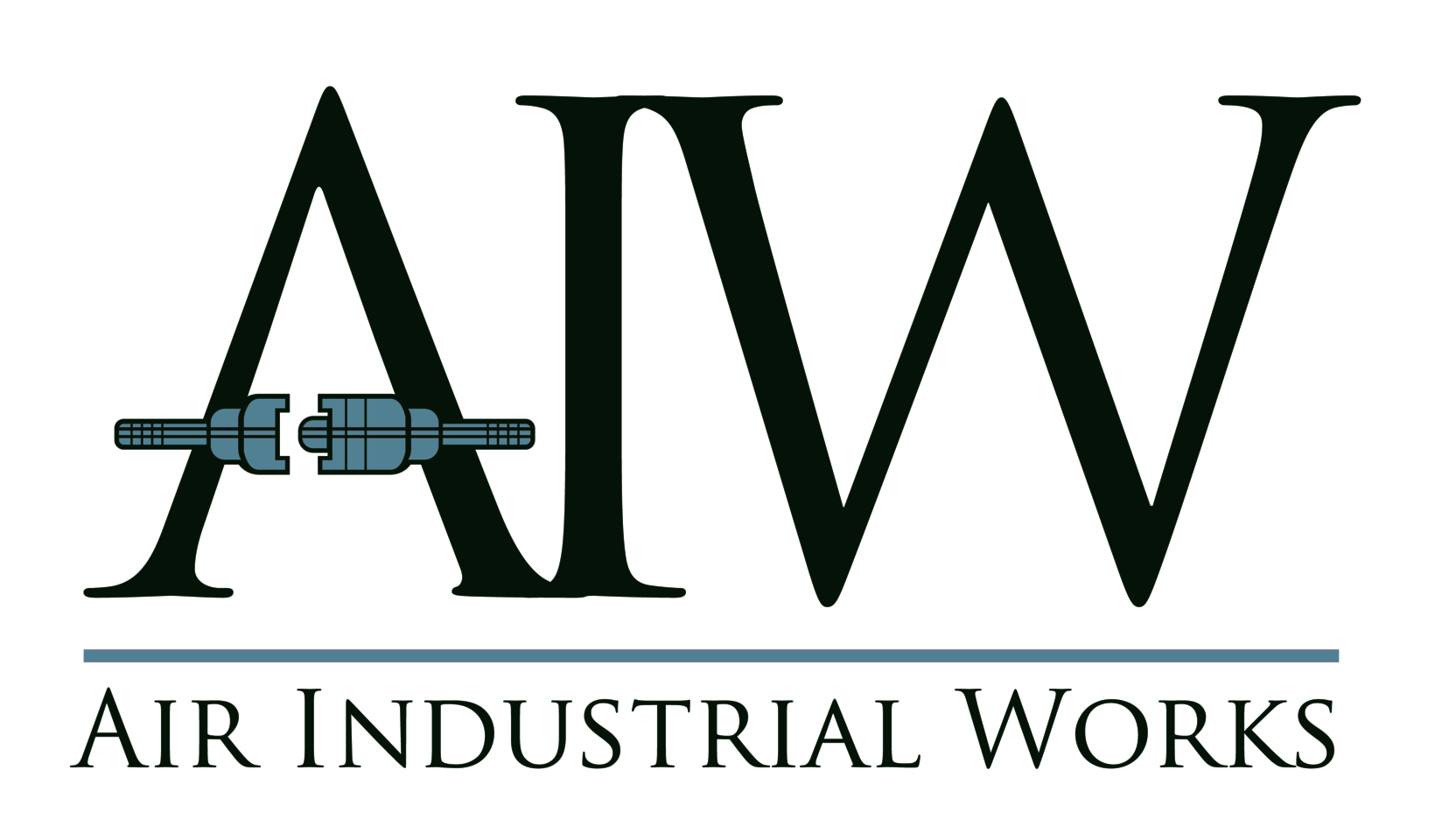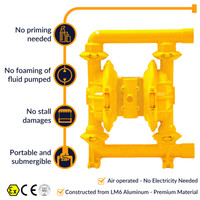Main features of Air Operated Double Diaphragm
Posted by AIW on Nov 15th 2021
Air Operated Double Diaphragm Transfer Pumps
AODD or air operated double diaphragm transfer pumps, have virtually no leaks. Between the wetted segments and the external climate, there are just fixed seals, thusly spillage can only occur if one or two diaphragms come up short. The diaphragm ought to be supplanted consistently as a component of an ordinary support program, as indicated by the producer's directions. Since the packed air supply adjusts pressure, diaphragm in an AODD siphon not exactly like those in a precisely determined diaphragm siphon. An AODD siphon can be run dry always because it has no inward seals or moving parts that require grease or cooling. AODD siphons are self-preparing, with some having a pull-lift of up to 8 meters.
AODD's can handle abrasive, viscous fluids, sludges, and slurries. They are also ideal for shear-sensitive fluids due to the gentle pumping action. A ball (or cone)/seat or flap design is used for the four internal check valves. Ball valves seal better and are less likely to wear than flap valves. Long-term use of hinged flap-type valves causes fatigue at the flexing point. Since the ball is allowed to turn and get comfortable in an alternate situation on the seat during an activity, ball valves wear all the more uniformly.
Because compressed air rather than electricity is used to operate AODD pumps, they are suitable for usage in hazardous environments. As long as the air vent is above the liquid level, they can be securely submerged for the same reason.
A vacuum is formed in the pump's body when the diaphragms are pushed away from (or toward) the center section or air motor, and fluid flows into one of the liquid chambers through an inlet port. The fluid is ejected from the liquid chamber via an outlet port after the diaphragms are moved in the opposite direction back to their original positions, again using compressed air.

